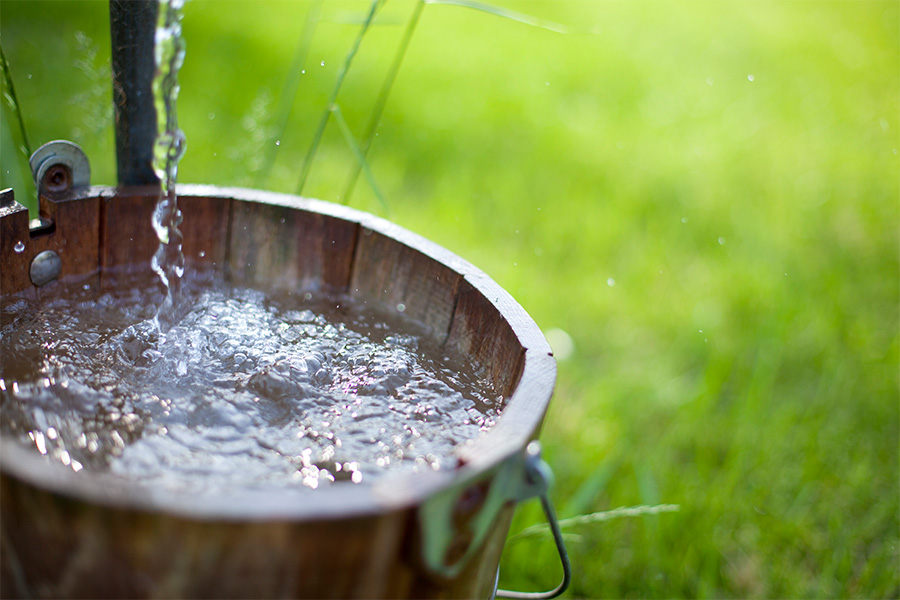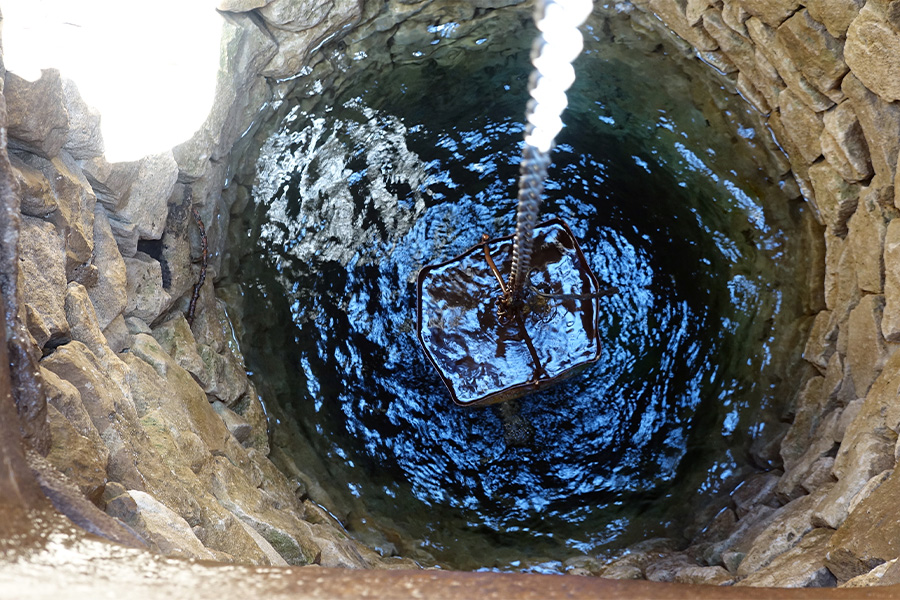Water Quality
-

Shock chlorination is the process by which home water systems such as wells, springs, and cisterns are disinfected using household liquid bleach (or chlorine). Shock chlorination is the most widely recommended means of treating bacterial contamination in home water systems. This publication contains guidelines for safely and effectively using shock chlorination — a standard treatment for sanitizing your well system.
David Kissel, Pamela Turner, Uttam Saha, and Leticia Sonon
|
-

C 858-7
Coliform Bacteria in Your Water
This publication contains information about identifying and controlling coliform bacteria in household water.
David Kissel, Pamela Turner, Uttam Saha, and Leticia Sonon
|
-

The quality of drinking water from wells may be compromised during a flood. Flooding around the well increases the risk of drinking water becoming contaminated with bacteria or any other contaminants, rendering it unsafe to drink and for washing food items. This publication describes the steps to take when you suspect that your well has been affected by flooding. Steps include well inspection, calculation of the depth of water and storage capacity of the well, shock chlorination, and laboratory bacteria testing. The circular also discusses tips on how to know whether the water is safe to drink again.
Gary Hawkins and Uttam Saha
|
-

C 858-16
Radon in Your Water
Radon is a naturally occurring, radioactive gas formed from the decay of uranium and radium found in geologic deposits. Exposure to radon gas most commonly occurs through elevated levels in home air. However, in Georgia and neighboring states there is a lesser, though still significant, risk of exposure to radon dissolved in drinking water. This circular addresses the issues on its occurrence, human exposure pathways, testing, interpretations, and remediation strategies.
Pamela Turner, Uttam Saha, Derek Cooper, and Kathryn Holland
|
-

An estimated 1.7 million people in Georgia rely on 640,000 private wells for their drinking water supply. The Georgia Environmental Protection Division enforces EPA’s drinking water quality standards for human consumption in public water supplies according to the Federal Safe Drinking Water Act. However, private wells are not regulated. Consequently, private well water users are responsible for ensuring the quality and safety of their water supplies for domestic, livestock, and irrigation use.
This online tool provides interpretations and recommendations for drinking water quality. The user enters the test results from a water testing laboratory, then interpretation of data is automatically given. This tool also provides recommendations to the user when necessary.
The tool can be found at http://aesl.ces.uga.edu/water/recommendations/
Richard Hitchcock, Uttam Saha, and Leticia Sonon
|